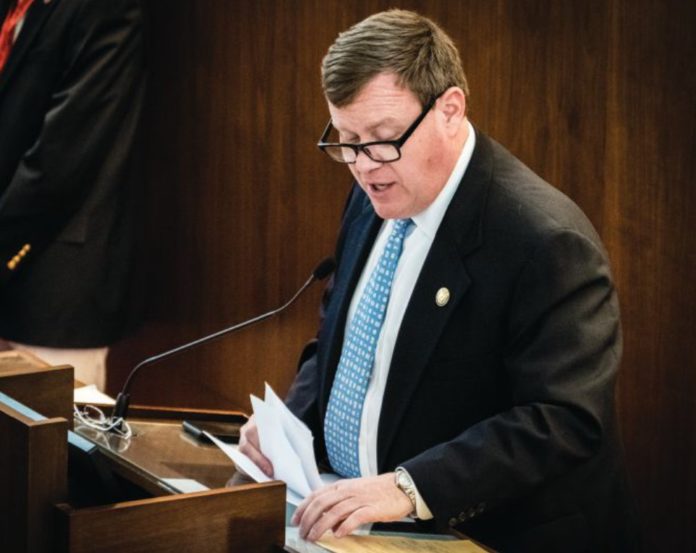As the COVID-19 crisis has closed schools and shut down businesses, it has also brought into sharp focus North Carolina’s digital divide—how some areas of the state have strong broadband connections to the home and others have inadequate connections.
It is a story that is playing out across the country. With school children forced to do online assignments from home, and employees and business owners staying connect to their jobs and customers through the internet, the outcry from those without reliable and fast connections has grown even louder.
A recent headline in the Wall Street Journal proclaimed, “Pandemic Builds Momentum for Broadband Infrastructure Upgrade.” In Politico, the Washington, D.C.-based publication following all things federal government, a story headline read, “Rural areas struggle with remote learning as broadband remains elusive.”
“I would say that this current pandemic has really brought to light the challenges facing rural America when it comes to the lack of broadband,” New York Congressman Anthony Brindisi told the publication. “These are challenges that many of us have been screaming about for many years, but [now] it seems to be very visible to the public at large.”
Closer to home, a series of stories in the Chatham News & Record explored the digital divide in Chatham County and the Pittsboro area as residents negotiated a new world created by fears of the virus and a state stay-at-home order. The series relied heavily on NCLM’s work on the issue and our 2018 report, “Leaping the Digital Divide.” One of the articles noted, “Chatham’s highspeed broadband service, or relative lack thereof, has been a talking point among local elected and economic officials for years. But the spread of COVID-19, moving school classes online and stay-at-home executive orders, have made that deficiency much more visible.”
The news coverage followed the airing of a documentary in mid-March, “Disconnected,” on WRAL-TV
and other affiliated news and online channels. Produced in collaboration with the League, the documentary focused on the Town of Enfield in northeastern North Carolina as a case study of a community that could enjoy more economic and other opportunities with better internet access. The documentary also explored why the digital divide exists and looks at the FIBER NC Act, legislation better enabling public-private partnerships that could help address the access gap.
In addition to the League’s assistance, the Institute for Local Self-Reliance, based in Minneapolis, and
Google Fiber helped to underwrite the project.
That focus continued when the state Institute for Emerging Issues held a remote conference in April in which policymakers discussed providing better access.
At the conference, Rep. Josh Dobson of Marion, a sponsor of the FIBER NC Act, discussed how the lack of reliable internet “has been invisible to some parts of North Carolina, but it has been very visible to the parts of the state that didn’t have internet access.”
He added: “This crisis has been a catalyst to the challenges we face in this state with respect to internet access…it’s not fair that parts of our state do not have access to highspeed internet.”
Another bill sponsor, Rep. John Szoka of Fayetteville, spoke of the heightened awareness before a House committee looking at COVID- 19-related needs.
“Broadband is more infrastructure than just an essential service… we need to work with our internet service providers as well as local governments,” Szoka said.
Meanwhile, the League’s work on the effort has drawn the interest of residents seeing the first-hand effects of poor broadband access in a landscape where telework and online schooling has sudden become the new norm.
Terri Wells of the Sandy Mush Community in Buncombe County told about how many people in her community are forced to use a local community center as their sole internet source. With the center closed due to the COVID outbreak, residents increasingly have shown up to park outside to take advantage of its wi-fi connection.
But with only 10 mbps speeds, and more use now, it is not enough, she said. The connection costs the center $750 a month. But when asked to increase the bandwidth, the provider, AT&T, wanted a new two-year commitment, something that a volunteer community center organization has been reluctant to do.
“This is a basic 21st century infrastructure necessity, and many in our community are either unserved or underserved. Access is a priority for educational, economic, and health prosperity,” Well said.















